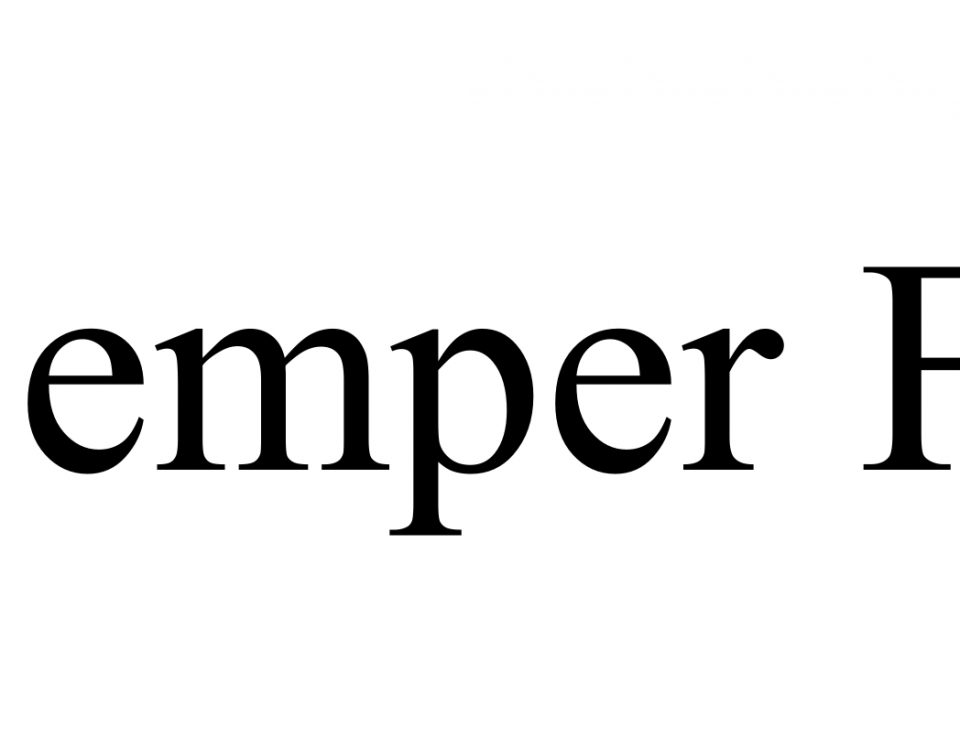In 2002 I transitioned to a role responsible for, among other things, electronic newsletters, a web site requiring Search Engine Optimization and Pay per Click, content, images, thematic elements, as well as online gift card sales, an ecommerce presence and loads of other “stuff” you equate with the internet. I was gobsmacked. Unprepared. But I learned to emulate people who are really good.
The marketing manager directly responsible for these segments of our business ran her ideas, projects, updates and the like by me during our weekly rap. Again, I stress these topics were really new to me. She, Laura, impressed me with a characteristic I came to respect enormously. What Laura did consistently was to provide me with images for approval or articles written by our hired copywriter or suggested keyword phrases and why they fit our revenue goals. Time after time Laura was provided the go-ahead or an approval which for most of us would have signified moving to the next step. Yet Laura repeatedly would swing by my office at some later point, usually the next day, and show me how she had worked on the project late the previous night and made some changes that she thought enhanced the quality. AFTER she had gotten the go-ahead. She would enhance the photos or add shading or refine the font when most would have mentally developed a Gantt chart and moved to the next stage.
The path of least resistance is to let the boss’ standard be met and be fine right there. How many get in trouble for meeting that standard and moving on? But this colleague had an inner drive, an inner spark, that impelled her to be better. She thought in terms of “what more can I do?”. I admire that spark.
Initially my assumption was that Laura sensed my ignorance of the landscape and thus knew that at times my approval of a newsletter or web design did not mean much and she was just protecting herself from the shadow of my bad decisions. Yet that was not the case. I discovered she behaved in this manner with all constituencies. Individual sales managers needed different messaging for their disparate vertical markets and Laura’s work was purpose made for each. She muscled up, she represented, in each case. I often saw her racing past what an individual sales manner requested. She would give them a better outcome than they had expected. Her standards exceeded her colleagues’, and don’t you know everyone thought she was great.
Is it important to you that YOUR colleagues think you are great? Emulate people who are really good.
Laura had another trait that I have tried to emulate. She knew the impact of training the brain. Laura understood that the more you outline, in your inner thoughts and in how you communicate to others what you intend to accomplish, the more you train your brain. The more you set a standard intellectually and emotionally, the more you force your actions to be consistent with your stated goals. I remember Laura telling me the story of how she ended up in Manhattan. She’d gone to school at Virginia Tech, a great school. But Blacksburg Virginia is a long way from Park Avenue. Her story turns on the hinge of stated desires. She spoke aloud what her goals were and did so with enough frequency that they were well understood. She communicated to herself and to others that her goal was NYC. Her brain was trained to believe that Manhattan was her destiny and she tailored her actions to meet that. I am paraphrasing but that is what I got out of her. Interestingly, that same dynamic is what impelled her to become an expat. After five or so years in Manhattan she got a wanderlust for Australia. Spoke about her love from afar for that land. She started going to an Australian bar and in some way became inured to the Aussie culture. And don’t you know it, she moved to Australia.
In any event, she had the same approach to training her brain when it came to the quality of any of her projects.
I really appreciated learning from Laura and when I think of how I can be more effective, I will often think about how I can apply what she taught me.
Laura had great work habits and if I am going to emulate someone I want that person to be really good. She was. I’ve tried to use Laura as a role model ever since. I have not come close to her standard; it came naturally to her. I sometimes have to remind myself but she just did it.
Thinking about Laura reminds me of another colleague at that time. Lida ran our sales team; a team of 17 managers booking around 3000 contracts per year and generating north of $180 million per year.
Much of Lida’s success was due to an unnatural common sense. She had next-level judgement and if I’m honest I don’t know how to replicate that trait. She was youngish at the time, maybe thirty, yet often was described as having an old soul. I have not heard more than three people thus described and yet I must have heard it ten times about this friend.
What I learned from Lida was a different skill and that was the potential to emotionally connect with everyone. Lida’s listening skills were premiere. She was so adept at acting as the dopamine of any conversation. It just flowed and it flowed in a way that she learned about others in such a way that showed she cared. Meet Lida once and talk about your dad and his bowling team, and if she sees you six years later she’ll ask if your dad ever got those new bowling shoes he wanted. But it was not the recall which impressed; it was the sense that she’d had your dad in her mind.
In terms of emulating Lida, I cannot claim to have approached her level of refinement. I am not able to shut my yap and use the two ears and one mouth ratio to the degree I should. Yet I am better than I would be had I not worked alongside Lida. She gave me an opportunity to emulate someone who is really good.
For this article, I have intentionally not focused on tactical skills. The conventional approach would be to see who makes the best solicitation calls and emulate their habits, or those with the best time management skills or the best closers or those with the best customer service averages or the highest cleanliness scores. Whatever your key metrics are. And I think those ARE important and wise to pursue. We can all improve and having that mindset, that you want to improve, is a big asset. If you don’t have that mindset yet, you have a great opportunity to train the brain.
My next comments might seem uncharitable though I think they bear consideration.
Be hesitant to take advice from people who failed at the same initiative. You want to talk to people who were and are successful. People who have failed, unless they have ideas concerning what they did wrong, will want to see you fail too. Again, I know that sounds uncharitable, but I think it can be true. We SHOULD want our fellow man to succeed but we many have an innate resentment of those who exceed our results. Maybe its Darwinian and natural; “survival of the fittest” and all that entails- but in a capitalist society it makes little sense. We should all want our next-door neighbor to be successful. Don’t look to losers for advice. Stiff-arm anyone who self-identifies as a victim.
Effective performers not only train their own brains with the positive messaging they want to define their behaviors but they do so with staff and colleagues as well. When building a team, the interview sequencing can be especially powerful whether you have control just over your interviews or the entire process. Bringing a shared language to the process has the effect of training the brains of not just the potential new hire but of those involved in the recruitment process. When you indicate, as an example, that we want our new hire to have a little sand, to have an edge of toughness, then you subliminally communicate to all involved that having that grit is considered a positive. So if we want a competitive team or a team that tries to act as good teammates, then the use of this language can nudge everyone a bit.
Further, getting a colleague or recruit to say the words themselves is powerful. It is fine to have a colleague or interviewee respond yes to a question but getting that person to actually say “I want to win, it is important for me to be on a highly functioning team” or “I am the kind of person who can work through conflict and keep my eye on the goal” is far more likely to shape later behavior. Training the brain to think like a winner, like someone who gets things done, like one who matters, is to emulate people who are really good.
The more you model behaviors, the more they become you and you become them. We are all creatures of habit; slaves to habit. Better to be a slave to good habits.





